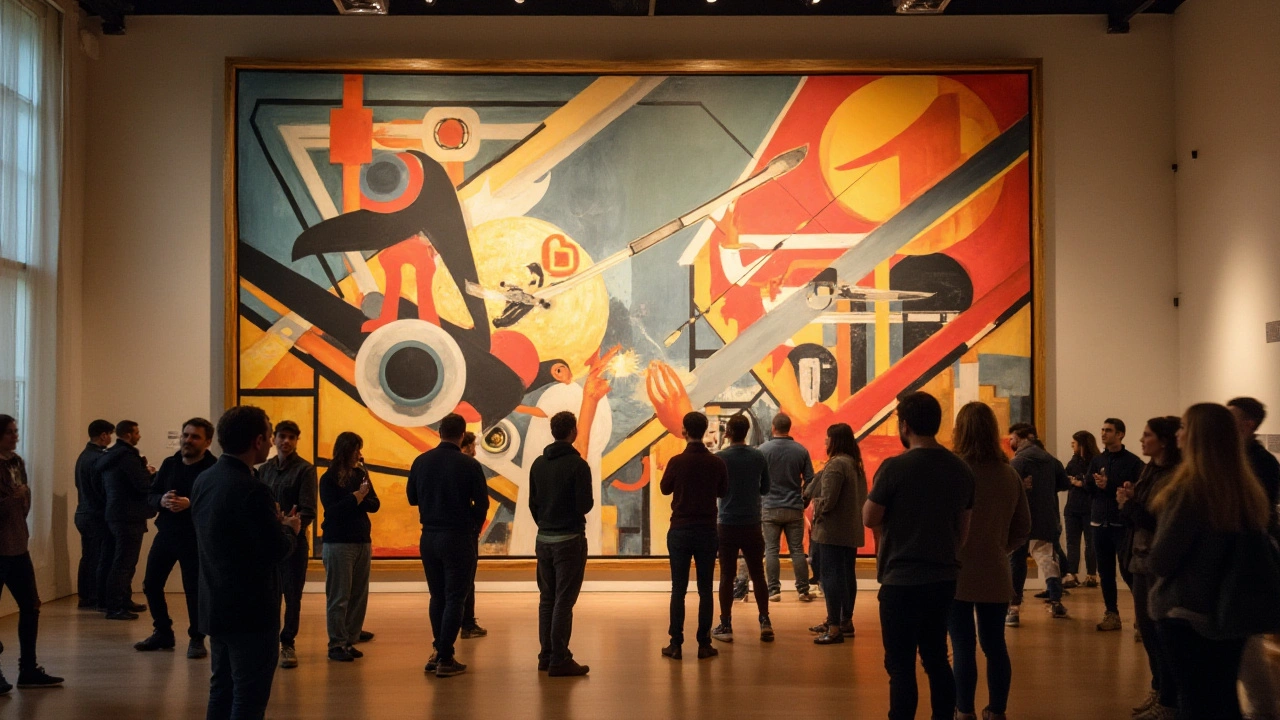Art Shapes: How Shapes Change Your Art and Why They Matter
Shapes are the silent rules behind every image you love. A circle can feel soft and friendly. A square feels stable. Triangles push your eye and add energy. If you want art that connects, start by choosing shapes on purpose.
Most beginners focus on color and detail and skip shape choices. That’s a mistake. Shapes control balance, movement, and the mood of a piece before you add texture or light. When you plan shapes first, everything else falls into place faster and looks clearer.
Why shapes matter
Shapes work like a map for the viewer’s eye. Big, simple shapes make a bold statement. Small, repeated shapes create rhythm. For example, a portrait with a dominant oval around the face feels calm, while a composition with many angled shapes feels tense or active. Look at ads or posters: designers use shapes first to grab attention, then they add detail.
Shapes also help tell a story without words. A broken or jagged shape can suggest conflict. Smooth, rounded shapes often read as safe or organic. Architects and product designers choose shapes to guide behavior—rounded corners make apps feel friendlier, sharp lines make objects look precise.
How to use shapes in your work
Start simple. Sketch with only three shapes: circle, square, triangle. Arrange them and look for a dominant shape that leads the composition. Use contrast in size and orientation to create focal points. A single large shape against tiny shapes makes the large one the hero.
Use negative space as a shape too. The empty areas around objects can form interesting shapes that add meaning. Try drawing a subject and then blocking out all surrounding space in a different color to see hidden shapes. This trick reveals balance issues and unexpected focal points.
Mix geometric and organic shapes for variety. Geometric shapes (squares, grids) give structure. Organic shapes (irregular, flowing) add life. A grid behind a free-form subject gives contrast that feels intentional. You can imply motion by repeating a shape with slight changes in size or rotation.
Don’t overwork the viewer. Too many competing shapes create confusion. Limit your palette of shapes in a single piece to two or three main ideas and support them with smaller accents. This clears the message and helps viewers stay engaged.
Finally, study artists and designers you admire and copy their shape decisions briefly in quick sketches. Try reworking a famous painting using different shape choices to see how mood and meaning shift. That practice trains your eye faster than any theory.
Shapes are simple tools that change everything. Use them first, keep them clear, and watch your art gain strength, focus, and emotion.
Quick exercises you can try in 15 minutes: make ten thumbnails using only two shapes per thumbnail. Switch size and placement, not color. Another drill: take a photograph and redraw it with geometric shapes only. You’ll notice which features are essential and which are decoration. These quick drills sharpen compositional sense and speed up decision-making.
Want feedback? Share your shape studies in online groups or with a friend and ask which shape leads the eye. Feedback focused on shapes gives faster improvement than general praise. Keep practicing and shapes will become second nature soon.

